Yes, you read that right. A single penny—just one small coin you might overlook or leave lying in a drawer—could actually be worth $7,680,000. This isn’t just a story for coin collectors. It’s a real event that has recently grabbed attention across the United States. One particular type of penny, the Lincoln Wheat Penny from 1943, has sold for this massive amount at auction. Even more surprising? It’s still possible that some of these valuable coins are floating around in everyday circulation.
What Is the Lincoln Wheat Penny?
The Lincoln Wheat Penny was first introduced in 1909 and was produced until 1958. It’s easy to recognize because of its design. The front (obverse) has a picture of President Abraham Lincoln, and the back (reverse) shows two wheat stalks on either side, which is why it’s called the “Wheat Penny.”
Most of these pennies are made of regular metals like copper or bronze and are only worth a few cents today. But a few rare ones are worth a fortune—especially the ones from 1943.
Why the 1943 Version Is So Special
During World War II, the U.S. government needed copper for the war effort. To save metal, they decided to make pennies from zinc-coated steel instead of copper in 1943. These steel pennies were silvery in color and looked quite different from the usual ones.
However, a small mistake happened at one of the mints. A few 1943 pennies were accidentally made from copper blanks that were left over from 1942. These copper 1943 pennies are extremely rare—only around 10 to 15 of them are known to exist. And they are now among the most valuable coins in the world.
One of these 1943 copper Lincoln Wheat Pennies recently sold for an incredible $7,680,000 at auction. This is why so many people are now checking their change more carefully.
How to Know If You Have One
If you want to check your pennies, here’s what to look for:
- Date: Check the year on the penny. If it says “1943,” that’s your first clue.
- Color: Most 1943 pennies are steel and look silver. If your 1943 penny is copper-colored (like a regular penny), it might be one of the rare ones.
- Magnet Test: Use a small magnet. Steel pennies will stick to the magnet. If your 1943 penny does not stick and looks copper, it could be worth a fortune.
- Weight: A real copper 1943 penny weighs about 3.11 grams, while the steel one weighs only 2.7 grams. You’ll need a digital scale to check this.
- Get It Checked: If you think your coin matches all the signs, don’t try to sell it right away. Take it to a professional coin appraiser or grading company to confirm if it’s real.
Can You Still Find One in Circulation?
It sounds unlikely, but yes, it is still possible. Some of these rare coins may still be in coin jars, old piggy banks, or stuck between couch cushions. People might have them without realizing their true value. That’s what makes stories like this so exciting. Even though most 1943 copper pennies have been found and sold, the chance that one or two are still out there keeps collectors and everyday people looking.
Why Are Rare Coins Worth So Much?
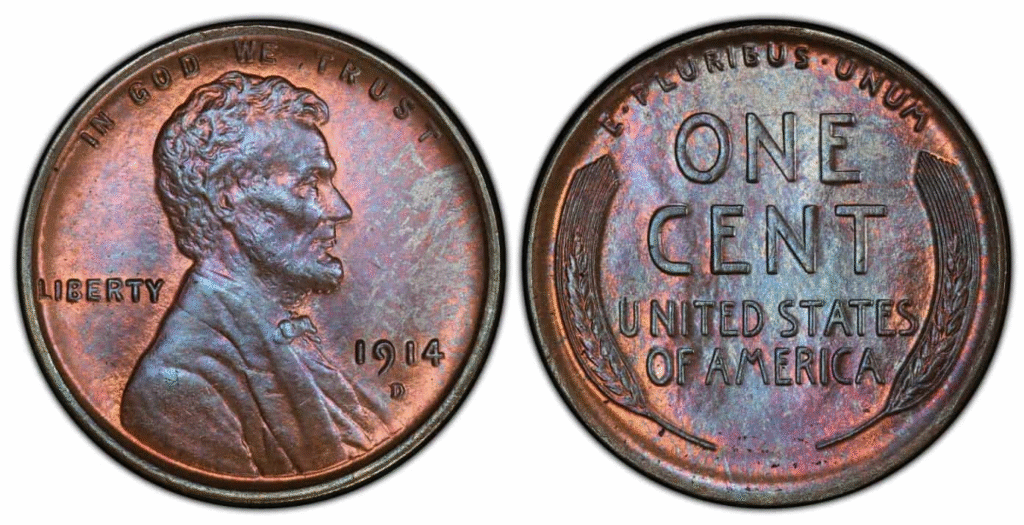
Rare coins are a major part of the collectible market. When only a few of something exist, collectors are willing to pay large amounts of money to own them. The 1943 copper penny is valuable because of its rarity, its historical background, and the mistake that led to its creation. It’s like a small piece of history you can hold in your hand.
Other Rare Pennies to Watch For
While the 1943 copper penny is the most famous, here are a few other Lincoln Wheat Pennies that are worth keeping an eye on:
- 1909-S VDB: The first year of the Lincoln penny. If you see these initials under Lincoln’s shoulder, and the “S” mint mark, it could be worth thousands.
- 1914-D: A rare version minted in Denver. These are valuable in good condition.
- 1922 No D: This penny was made in Denver but has no visible mint mark. It’s another valuable coin.
Final Thoughts
It’s fascinating to think that a coin worth millions could still be hiding in someone’s pocket, purse, or coin jar. The story of the $7.6 million Lincoln Wheat Penny reminds us that everyday items can sometimes hold unexpected value. Whether you’re a coin collector or just someone who likes interesting facts, this is one story that shows the value of paying attention to the small things—literally.
So, next time you get change from the shop, take a second and look at your pennies. Who knows? That one small coin could be your lucky break.

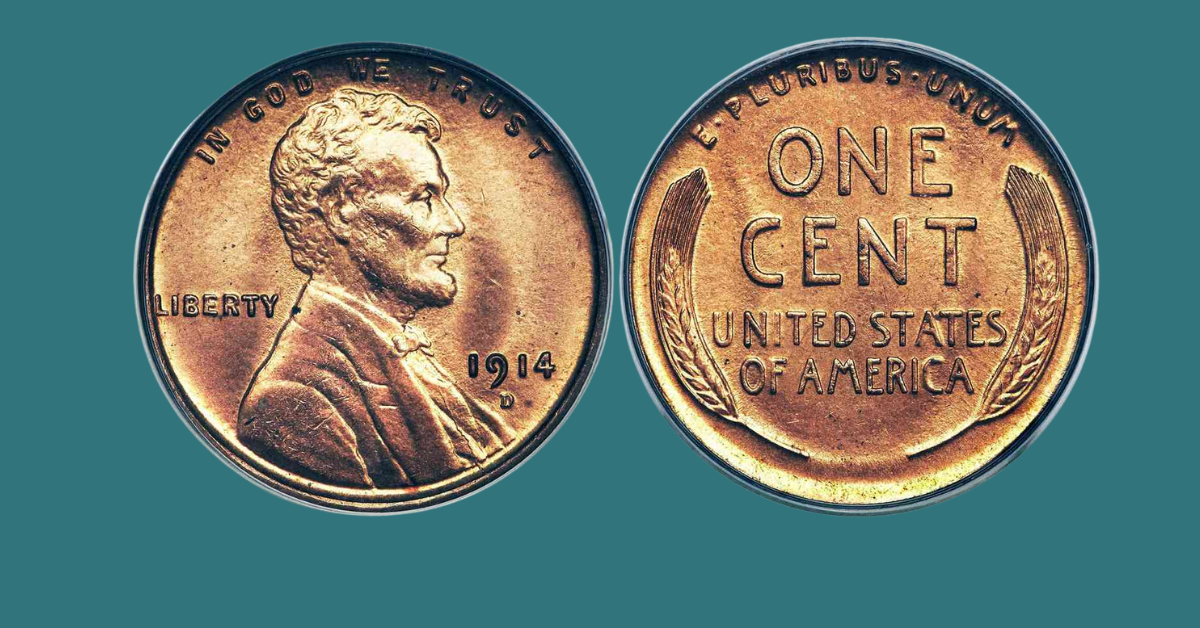
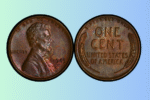
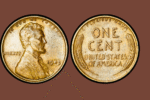
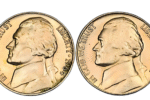
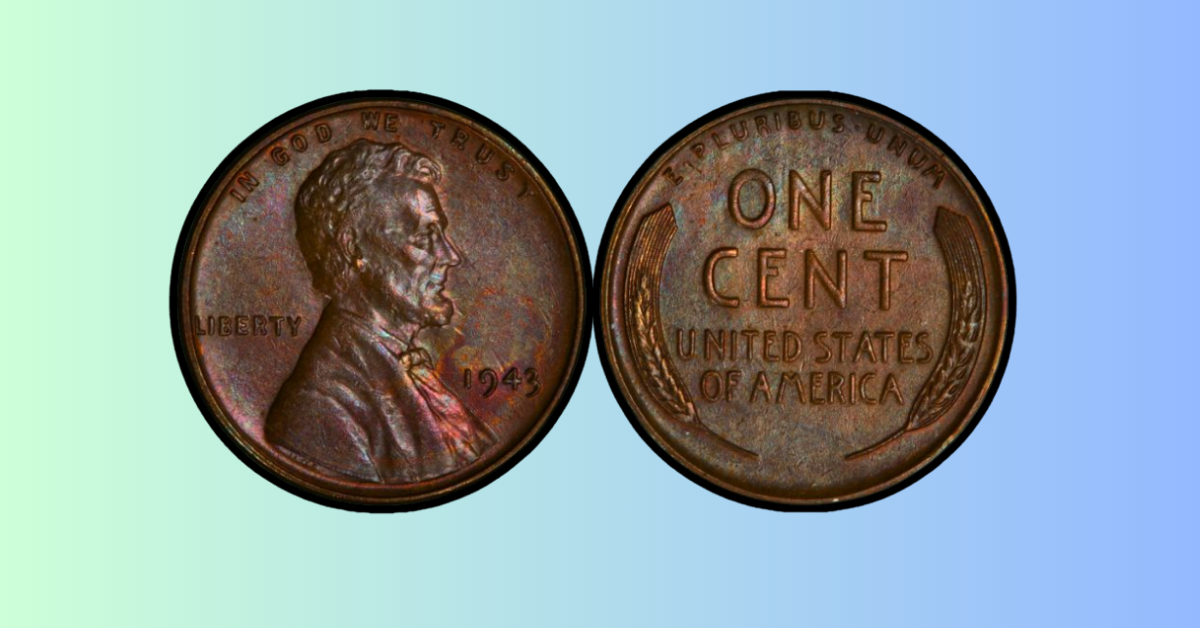
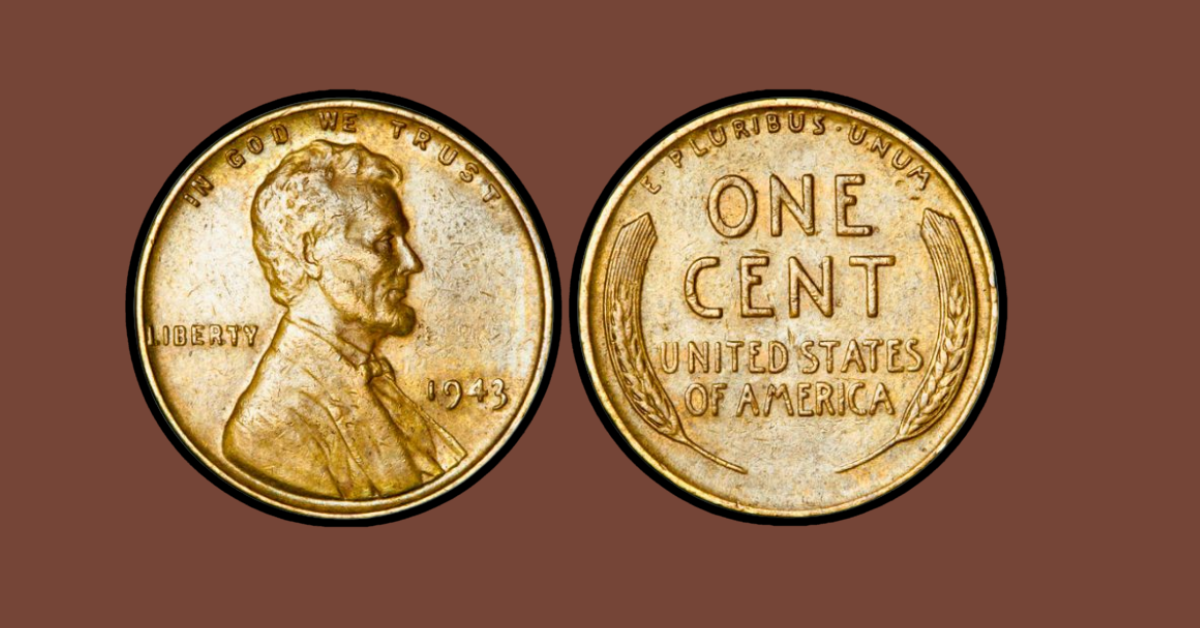
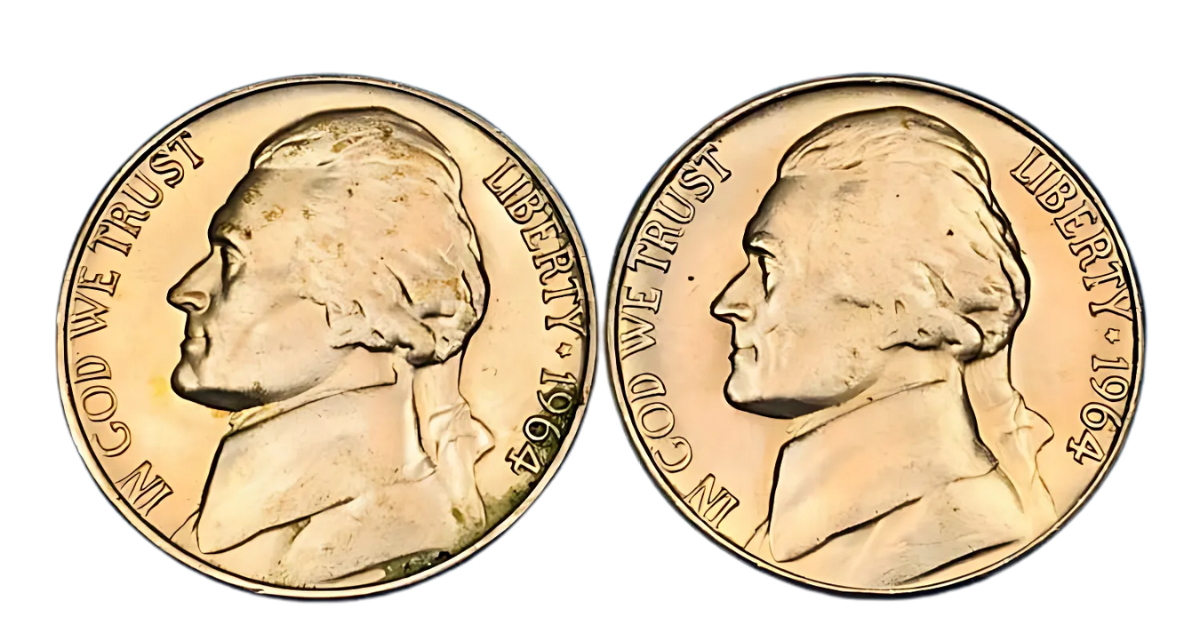
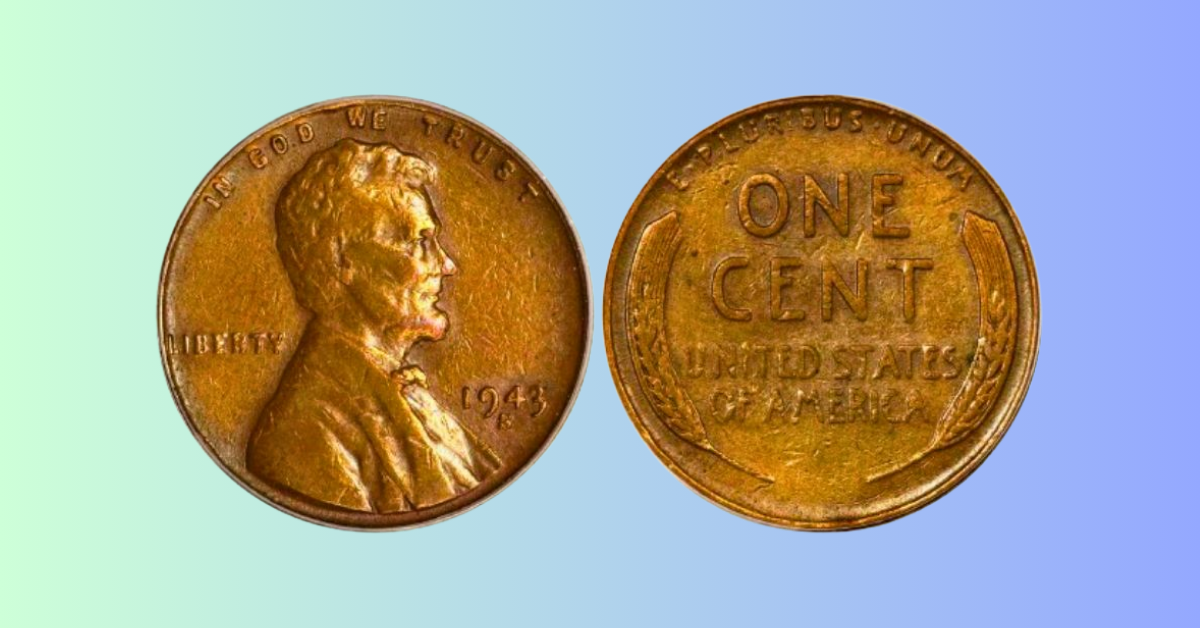
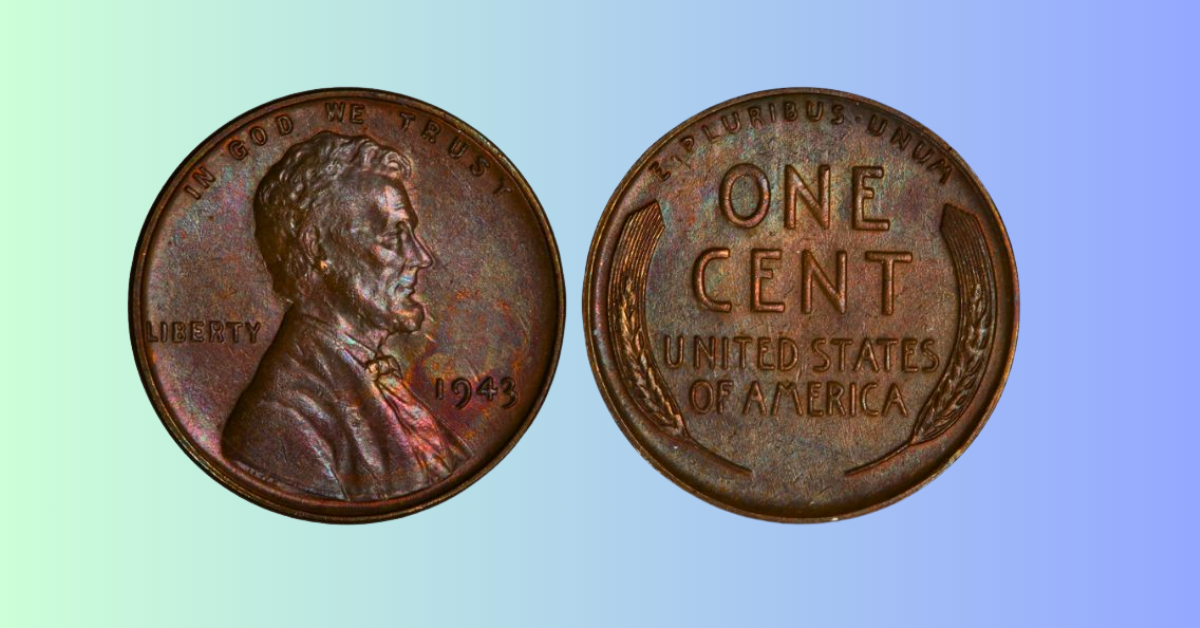
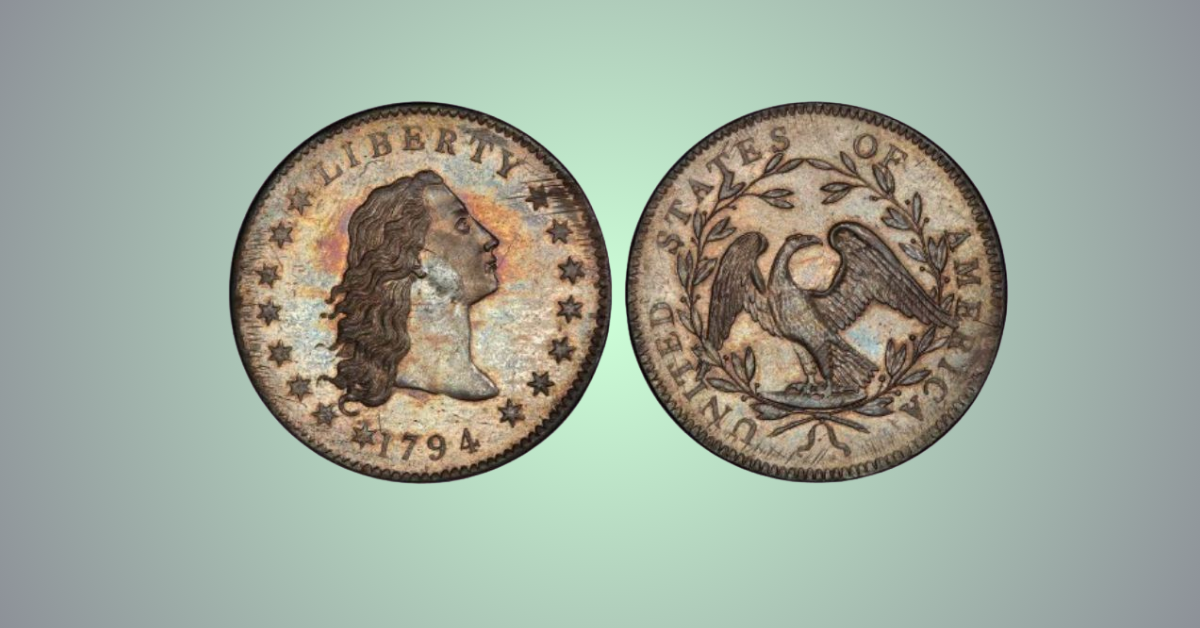
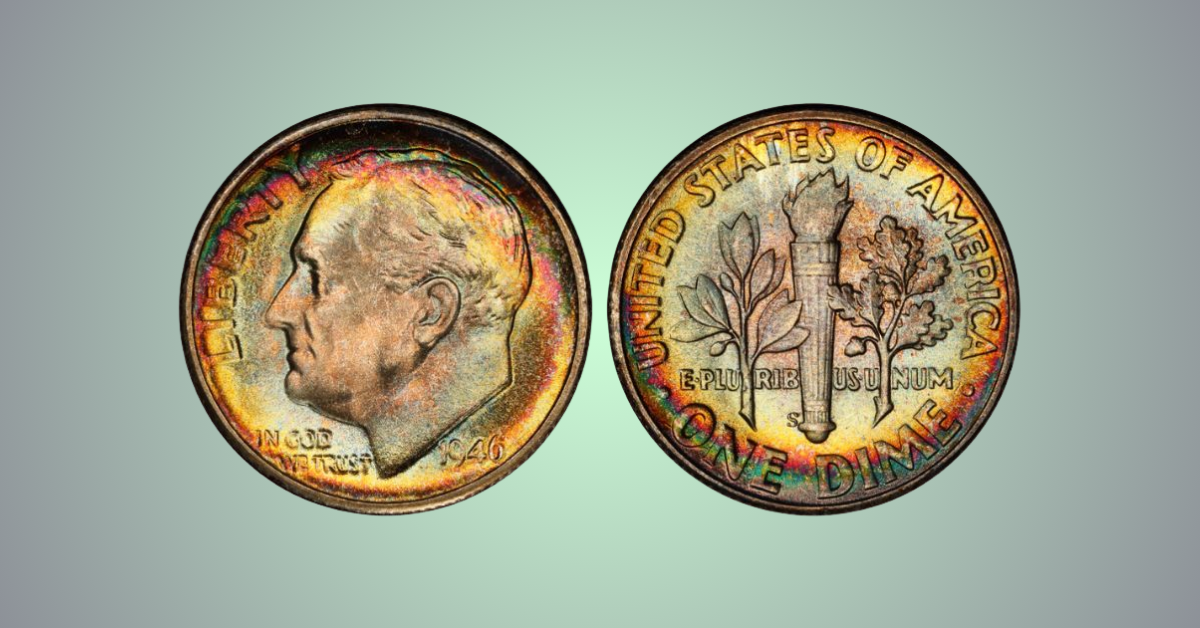
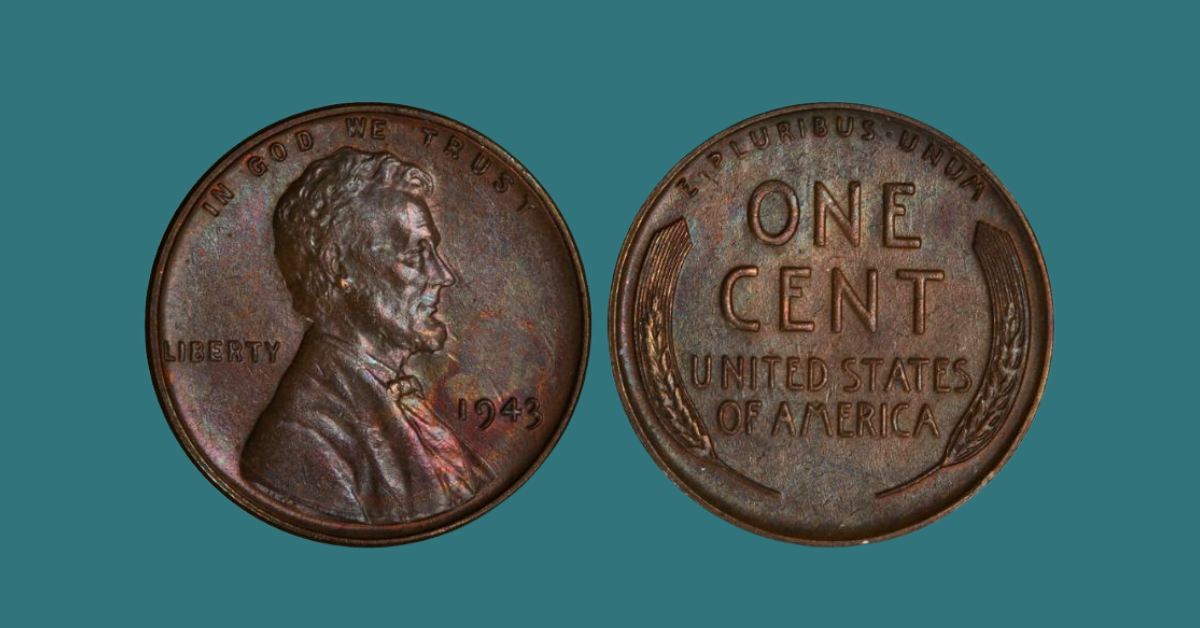
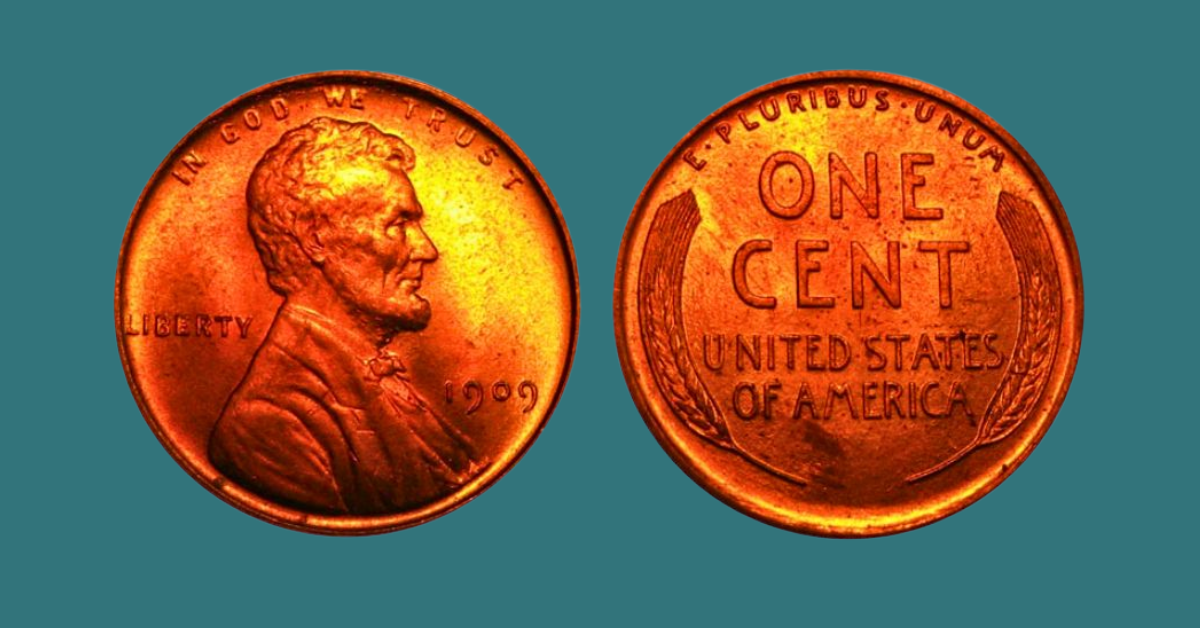
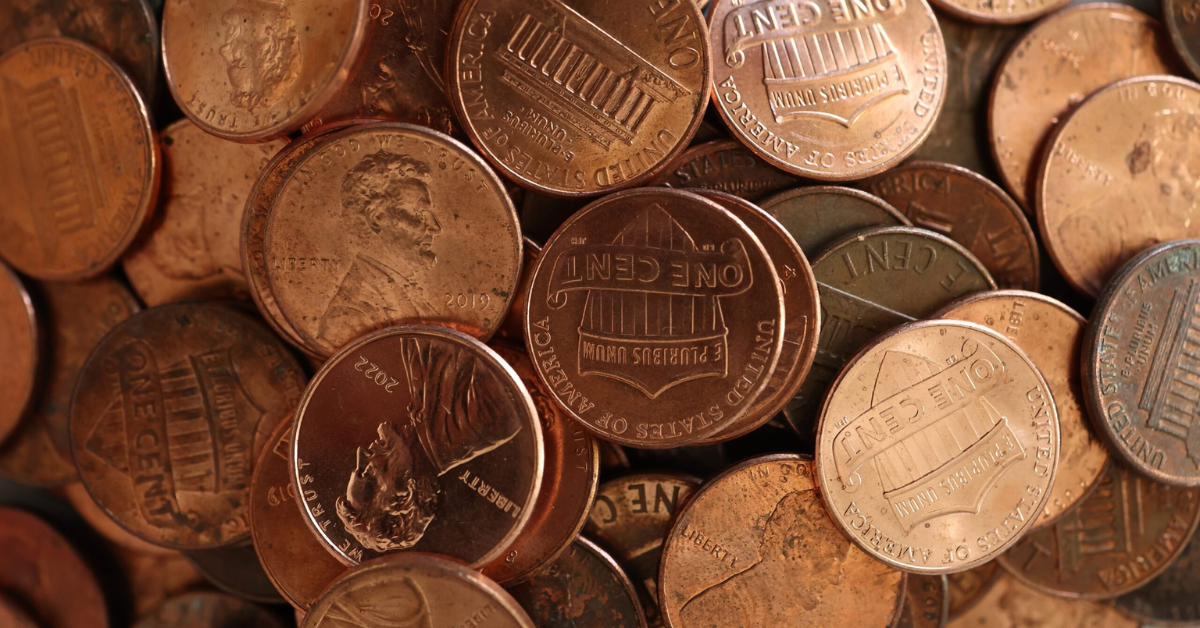


Leave a Reply